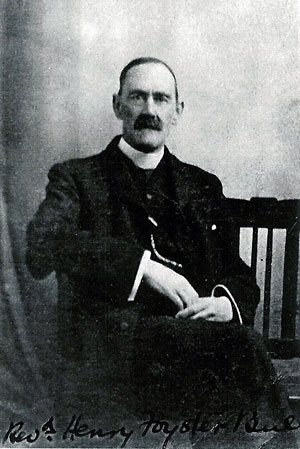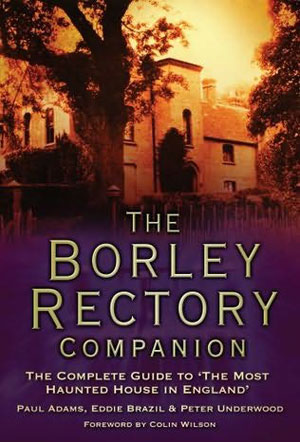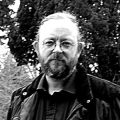PAUL ADAMS, co-author of The Borley Rectory Companion, tells you everything you need to know about the famous haunting in Essex
Borley Rectory, world-famous as ‘the most haunted house in England’, first entered the public consciousness exactly 85 years ago.
On 10 June 1929, the first of a series of lurid newspaper articles describing strange happenings and mysterious phenomena in a remote and isolated corner of rural East Anglia appeared in the popular British press.
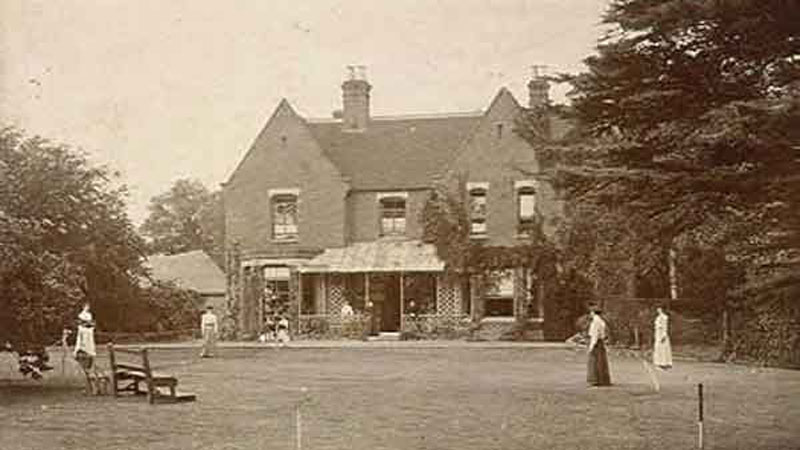
The result was immediate and unprecedented. Hoards of thrill hunters and sensation seekers eager to see the Borley ghosts descended on the lonely hamlet.
Few would have realised that this marked the beginning of decades of investigation, debate and intrigue. Ghost hunting had and never could be the same again.
Borley Rectory’s long history of haunting
The history of the haunting of the Rectory can be conveniently divided into several time periods based on the various incumbents and their activities.
As such we have the Bull era, the longest single occupation which began in the early 1860s and lasted up until 1927.
Then comes the Smith period, which began in October 1928 and lasted until April 1930.
Between October 1930 and October 1935, the Foysters lived at Borley, a remarkable five-year span which saw some of the case’s most controversial happenings, both in terms of alleged paranormal happenings and gritty human drama.
For a year beginning on 19 May 1937, English ghost hunter extraordinaire Harry Price rented the house and carried out the first extended on-site investigation of a haunted building.
Following the Price tenancy, comes two ‘later Borley’ periods.
The first was from 1939 through to the mid-1950s, an eventful time which among other things saw the destruction of the rectory by fire, the publication (by Harry Price) of two bestselling books on the Borley ghosts, followed by a critical report initiated by the Society for Psychical Research which cast much doubt on the accuracy of Price’s work on the case and the legitimacy and genuineness of the haunting.
A second post-Harry Price period begins in the 1960s and continues to the present day.
This has seen the gradual rehabilitation of Price’s reputation and the case in general, together with its leap into cyberspace through Internet websites, online forums and Facebook pages.
The influence of the Bulls, a wealthy land-owning family from the nearby parish of Pentlow, hangs over the Borley story.
In 1862, Henry Dawson Ellis Bull became rector and immediately set to work to create a new home for himself and what would grow to become a huge family of at least 13 children.
Bull tore down an existing building, the Herringham rectory, which stood opposite the tiny parish church, and built a new house, a large red-brick mansion which was later extended to become a rambling rabbit warren of passages, staircases and lofty rooms, festooned with numerous gables and tall chimneys.
Henry Bull lived until 1892, dying in the eerily-titled Blue Room bedroom, later to be regarded as the most haunted part of the house.
He was succeeded as rector by his son Harry, a strange otherworldly man who himself died in the same room as his father on 9 June 1927.
Surviving members of the Bull family including several of the Rev Harry Bull’s maiden sisters, moved out of the house to the nearby village of Great Cornard, leaving the Rectory empty and abandoned.
Local Borley legend indicates paranormal activity
Current in the district at the time of the building of the Rectory was a local legend concerning the site of Henry Bull’s new home, to the effect that a monastery had existed there in the 13th century and this was connected by high drama with another religious establishment, namely a nunnery at the nearby village of Bures.
According to the story, a nun from the Bures convent eloped with a monk from Borley Monastery and both attempted to make their escape in a horse-drawn coach. Their plans were discovered by the religious authorities who intercepted the fleeing couple and both were put to death – the monk was either hanged or beheaded while the nun was immured alive within the walls of the Bures convent.
This local legend, which contains several historical inaccuracies, plays an important part in the story of the Borley haunting and has been seen by some as being partly supported by several incidents of paranormal activity reported over the years.
It was during the Bulls’ unprecedented 64-year association with the gloomy rectory that some of the most famous and long-lasting supernatural incidents are said to have taken place.
The figure of a spectral nun or nun-like apparition was reported to have been seen many times by both family and staff, walking in the roadway and in the garden where it peered in through a dining room window with such intensity that the window was eventually blocked up.
Bull sisters see ‘black-draped figure gliding across grass’
A famous sighting took place on the rectory lawn where four of the Bull sisters allegedly saw a black-draped figure gliding across the grass around three o’clock on 28 July 1900.
Harry Bull, who according to tradition had a modest timber pavilion built in the rectory grounds in order to observe the ghostly nun in its natural habitat, claimed to see a phantom coach on a number of occasions, while his sister Ethel awoke one night to see a monkish figure dressed in brown wearing a tall hat standing beside her bed.
Edward Cooper, the family groom, also claimed to have seen the phantom coach rushing through the moonlight garden one night during the First World War, while other reported happenings from the Bull years include the sound of padding footsteps, several curious and unidentified apparitions, crashing sounds and stone-throwing.
While the rectory lay empty during the summer and autumn of 1927, a journeyman carpenter, Fred Cartwright, later claimed to have encountered the apparition of a silent sad-looking nun while passing by the gloomy house early in the morning on four occasions.
By the time the Revd Guy Eric Smith, originally from Calcutta, and his wife Mabel took up residency in 1928, the Rectory had descended from its genteel and middle-class opulence into a shadowy and neglected shell of its former days. But as the Smiths were soon to discover, what had not faded away were the Borley ghosts.
Paranormal activity experienced at Borley Rectory
During their time at Borley, the Smiths reported many strange and happenings which a regularity that cemented its reputation as the country’s most haunted house. Mabel Smith and their maid, Mary Pearson, reported seeing the phantom coach as well as the apparition of the nun and the disturbing appearance of a headless man.
Footsteps were heard prowling the corridors, Guy Smith heard strange whispering noises and a woman’s voice, while the servant bells rang of their own accord, even after the bell wires had been cut and disconnected.
According to their own contemporary accounts, the couple became concerned that the rectory’s sinister reputation was preventing local people from visiting the house for parish activities and in the hope of obtaining a visit from a psychical research society who could investigate and provide some form of closure to the whole strange business, they wrote to the Daily Mirror for help.
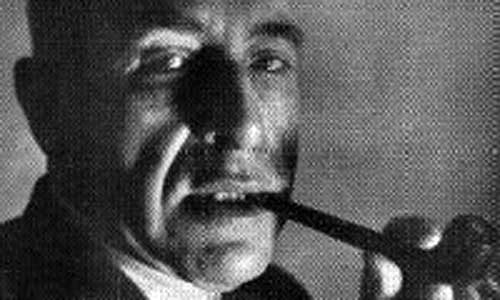
Their psychic expert did arrive in the shape of Harry Price of the National Laboratory of Psychical Research in London, by then a well-known investigator with an eye for self-promotion who had taken an active role in paranormal research circles in this country and abroad for the previous 10 years.
The ensuing publicity made the Smiths’ lives unbearable to the point that by the middle of July 1929 they moved out and the following April left Borley Rectory for good.
Both the Mirror reporter and Price claimed they experienced poltergeist-type phenomena at Borley on several occasions at this time including objects (stones, ornaments, keys and other items) being thrown and the servant bells again rang by themselves.
Between 1930 and 1935, the Rectory was occupied by the Revd Lionel Foyster, his wife Marianne and their young adopted daughter Adelaide.
This period has become the most controversial in the entire history of the Borley case, combining as it does astonishing reports of spectacular and at times violent poltergeist demonstrations with, as became apparent several years after the time, a real-life soap opera almost as remarkable as the alleged phenomena itself. Lionel Foyster, a cousin of the Bulls, had spent several years doing missionary work in Canada.
He was 58, in poor health and financially troubled when he became Rector of Borley. Marianne Foyster was 27 years younger, by nature a highly-strung, outgoing young woman, prone to much fantasising and story-telling, often about herself and her background.
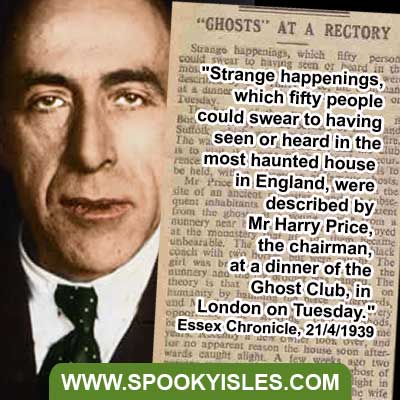
Their five-year stay at Borley was a complicated tangle of events that combined unusual and at times unsavoury domestic affairs (Marianne took a lover and entered into a bigamous marriage both with her husband’s knowledge and it seems approval) with a wealth of allegedly paranormal happenings that cover practically the entire range of reported psychic phenomena.
Lionel Foyster for a short period kept a diary (which he later unsuccessfully tried to turn into a novel) which shows that for a period of 15 months beginning in late 1930, the family were seemingly under a siege of paranormal activity which included attacks by phantom figures, stone-throwing, breaking bottles, spontaneous fires, paranormal wall writing, apports and apparitions.
The Foysters eventually left Borley in October 1935 and spent the next 10 years drifting through various addresses in Suffolk, at times accompanied by Henry Fisher, a travelling salesman from Herefordshire who married Marianne in February 1935 thinking that Lionel Foyster was her father. The sham marriage eventually collapsed.
Lionel died on 18 April 1945 and shortly afterwards Marianne married an American serviceman, Robert O’Neil and left England as one of ‘Eisenhower’s Sweethearts’ in 1946. After this turbulent and eventful period, the Rectory again lay empty and seemingly unwanted.
In 1936, Borley was combined with a neighbouring parish and the new Rector, the Revd A.C. Henning made his home in Liston.
The building’s owners, the Church Commission decided to sell the gloomy house which was fast falling into disrepair. After an absence of several years, Harry Price eventually returned to Borley in 1937. Initially dismissive of much of the reported Foyster phenomena (he visited the Rectory in October 1931 and claimed to have found Marianne Foyster faking ghostly effects), he took the opportunity of the house being empty and the establishment of a good relationship with Alfred Henning to carry out a year-long on-site investigation.
Hand-picked observers investigate the Rectory
Between May 1937 and May 1938, a group of hand-picked observers, recruited through in The Times, visited Borley and spent many hours watching and waiting for phenomena.
Reports of their vigils were sent to Harry Price in London. From then until his death ten years later, Price was involved in some way with the investigation of the Borley haunting.
In late 1938, the Rectory was eventually sold to William Gregson who bought the house with the intention of capitalising on its ghostly reputation.
Sightseeing coach trips and guided tours were planned but Gregson became impatient and the fate of Henry Bull’s once-grand Victorian home was sealed when on the night of 27-28 February 1939,
The Rectory was destroyed by fire, almost certainly at the hand of its final owner. Ironically, if Gregson had bided his time, things could have worked out decidedly in his favour.
In November 1940, Harry Price published the first of his two books on the Rectory case and instantly brought Borley into the public eye once more.
‘The Most Haunted House in England’ was followed in 1946 by The End of Borley Rectory in which he reported on his continued efforts to unravel the Borley mysteries and theorised about the cause of the haunting. He was planning a third book on the Borley ghosts when he died from a sudden heart attack at his home in Pulborough, West Sussex in March 1948. Instantly the Borley case had lost its greatest champion.
The Borley Rectory case after Harry Prices’ death
In the years following his death, Harry Price’s posthumous reputation as a sincere and dedicated psychical researcher, practically unquestioned during his lifetime, has waxed and waned and with it the case for the Rectory being a genuine haunted house.
It was at its lowest in the mid to late 1950s following the publication of a report on his work at Borley prepared by two members of the London Society for Psychical Research, Mollie Goldney and Eric Dingwall, both of whom knew Price well, together with a newcomer, Trevor Hall, a Yorkshire estate agent with an interest in debunking the paranormal.
Instigated by William Salter, a former SPR President who commissioned the enquiry after reading an article published a few months after Price’s death which presented (un-corroborated) claims by a Fleet Street journalist that Price pretended to be a poltergeist by throwing stones during a visit to the Rectory in 1929, the ‘Borley Report’, issued in January 1956, charged Price with fraud and misrepresentation in practically every aspect of his involvement with the case.
Instead of a genuine paranormal investigation, the three authors suggested Price’s tenancy was nothing but a glorified publicity stunt staged to create enough material with which to write a best-selling and hence profitable book. This sceptical view was not universally shared and in 1969 another SPR member, Robert Hastings published a counter-report which addressed several of the issues of deception which had condemned Price over 10 years earlier.
These included allegations that he had faked evidence by burying human bones in the Rectory ruins in order to support the idea that the ghostly nun had been a real French novice who was murdered at Borley in the seventeenth century and had been buried in the cellar of a former building which stood on the site.
The battle lines were seemingly drawn and for the past 40 years supporters and detractors have traded blows in print – Peter Underwood in his 1973 The Ghosts of Borley, The Enigma of Borley Rectory by Ivan Banks published in 1996 and Ted Babb’s 2003 Borley Rectory – The Final Analysis, all champion Borley as a genuine paranormal case and defend Harry Price of deception.
The opposing view has been presented by Trevor Hall (Search for Harry Price, 1978), Robert Wood (The Widow of Borley, 1992), Andrew Clarke (The Bones of Borley, a series of Internet articles) and Richard Morris (Harry Price – The Psychic Detective, 2006) who dismiss ‘the most haunted house in England’ as hype, hysteria, fraud and the will of the general public to believe in ghosts and things that go bump in the night.
Can the Borley ghosts be dismissed as easily as the critics suggest?
Even though the Rectory is long gone and Harry Price has been dead for over 60 years, reports of unusual incidents and strange experiences continue to be reported at Borley, both on the site of the former Rectory itself (now redeveloped and private property) together with the church and the churchyard.
The figure of a nun has been seen at least 10 times since late 1940. Investigative visits by researchers including Geoffrey Croom-Hollingsworth, Denny Densham, Ronald R. Russell, Paul Moss-Kemp and Rita Lorraine-Goold have resulted in recordings of inexplicable sounds and noises from inside Borley Church, and amongst the many photographs taken at Borley over the years which claim to show ghostly phenomena are several that cannot be easily explained away as tricks of the light, simulacra, dust particles or wishful thinking.
They include photographs by Godfrey Thurston Hopkins (1950), Eddie Brazil (1972), Sir Simon Marsden (1974), Rita Lorraine-Goold (1984) and David Bamber (1999). Anyone wishing to dismiss the Borley case must have reasoned arguments that deal with this impressive body of evidence.
EXTRA: Does this photo show the ghost nun of Borley?
Guest writer JONATHAN MOOR reveals a colour photograph he took in Borley, Essex back in the 1980s which he believes shows the infamous ghost nun…
It was distinctly odd – the whole experience.
Rarely, if ever, do such images appear in colour.
And the apparent drop in temperature is often a feature of such echoes of past lives.
The little man was on the left and the lady on the right coming towards me.
Nor was there any sense of alarm or unpleasantness. Whether this is/was a pattern haunting – a replay of something that had been done many times over – i.e. visiting a grave – I know not.
A bit like with some of the incidents at Langenhoe.
But it was all over in a matter of seconds, I suppose… Maybe I was there on a day when in the past this “activity” had taken place.
Or maybe I was just in tune with it.
I certainly wasn’t thinking about the supernatural.
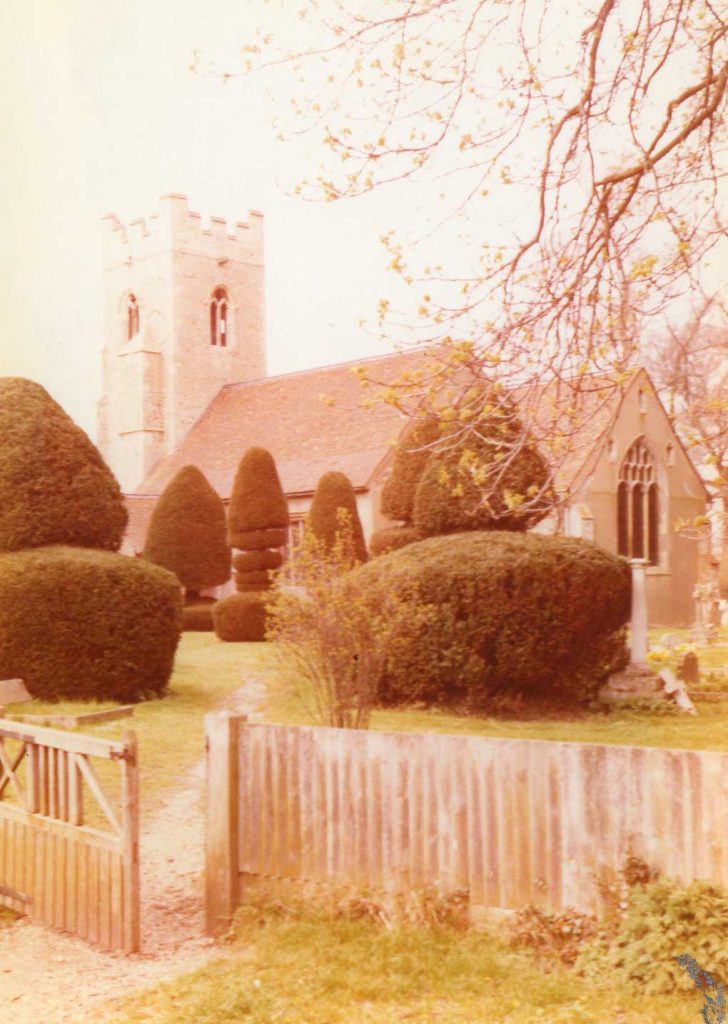
Sceptics will always scoff, allowing of course for the other side of the coin – that being that such sightings are born out of wishful thinking.
In which connection, I have in my hand a photograph of the church at Borley.
A photo which I took more years ago than I care to remember, in the summer of 1986, looking up the churchyard path.
Again I was in Suffolk with my late parents and taking rubbings of brasses at Long Melford, Little Waldingfield and so on.
At this point, I should admit to having a lifelong interest in the supernatural – not the silly nonsense which so often is associated with it – particularly when say the BBC or television companies “do” a programme on an alleged haunting expecting that everything will play out for them.
Only of course it’s not like that. And when it doesn’t, those who hold a genuine belief in all of this, and which I do, are ridiculed.
But back to the photograph.
The church at Borley – I was obviously well familiar with the story associated with both it and the rectory – was then kept open; these days because of idiots, Borley is one of a handful of churches in Suffolk which are kept locked unless there is a service.
My late mother and I both remarked independently of each other that there was a curious humming in the air which seemed very heavy and oppressive.
No more than that. I then took the photograph, about 7pm in the evening … Looking at it a year later, having been tucked away in a book, standing in front of one of the topiary bushes is the unmistakable figure of a nun.
You can see the face eyes, nose mouth wimple, gorget and mantle. From where I was standing I would estimate her to be about 5′ 6″ in height.outline.
Clearly I saw nothing when I took the photo but I’ve just looked at it again and the figure is still there.
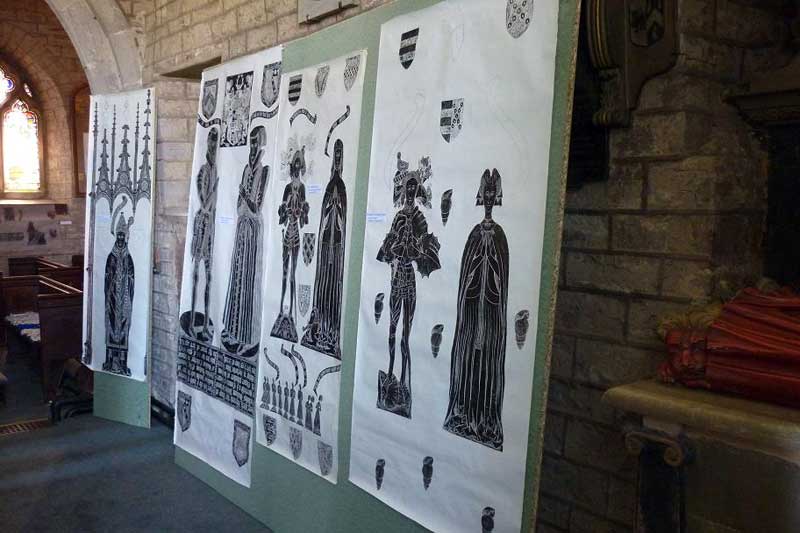
Or is it wishful thinking? I don’t think it is.
All these years later, I’ve the print, unfaded from being kept where it is, but not the negative.
And there is a family connection with the Bulls – my mother’s maiden name.
She and her parents were living at Sudbury at the time all of the Borley story began kicking off in the newspapers in the late 1920s.
What took them there was my late grandfather who was shell shocked in the Great War. A dispatch rider. After it was all over, he could never settle, and the family moved as he went from one job to another.
I believe that it was his family connection with the Bulls that got him a job as a publican of one of the pubs in Sudbury.
My mother insisted that she knew nothing of the stories associated with Borley Rectory, but since the family was then living but half a dozen miles away, I find that rather hard to believe, and she was always rather vague (deliberately so?) as to why it was the family ended up in Sudbury.
So, what do you want to know?
Now from Ludlow in Shropshire with an interest in the above obviously, also in the stories of M. R. James, and in medieval history, monumental brasses, stained glass, incised slabs, heraldry and so forth.
Obviously I spend a lot of time on my own when I am taking rubbings which can take anything from half an hour to seven or eight to complete – see photograph below of part of an exhibition I mounted – it will give you some idea of the end result.
Only about half a dozen of us doing it these days in the entire country.
Generally speaking, children can’t be bothered – by and large – they’re not taught history in schools and obtaining the requisite materials, unless you know from where they may be obtained, is not easy.
Not much more I can add to the Old Hunstanton story. Believe it or don’t believe it. That’s what happened.
JONATHAN MOOR lives in Ludlow, Shropshire, and has an interest in the paranormal, the works of M.R. James and medieval history.

